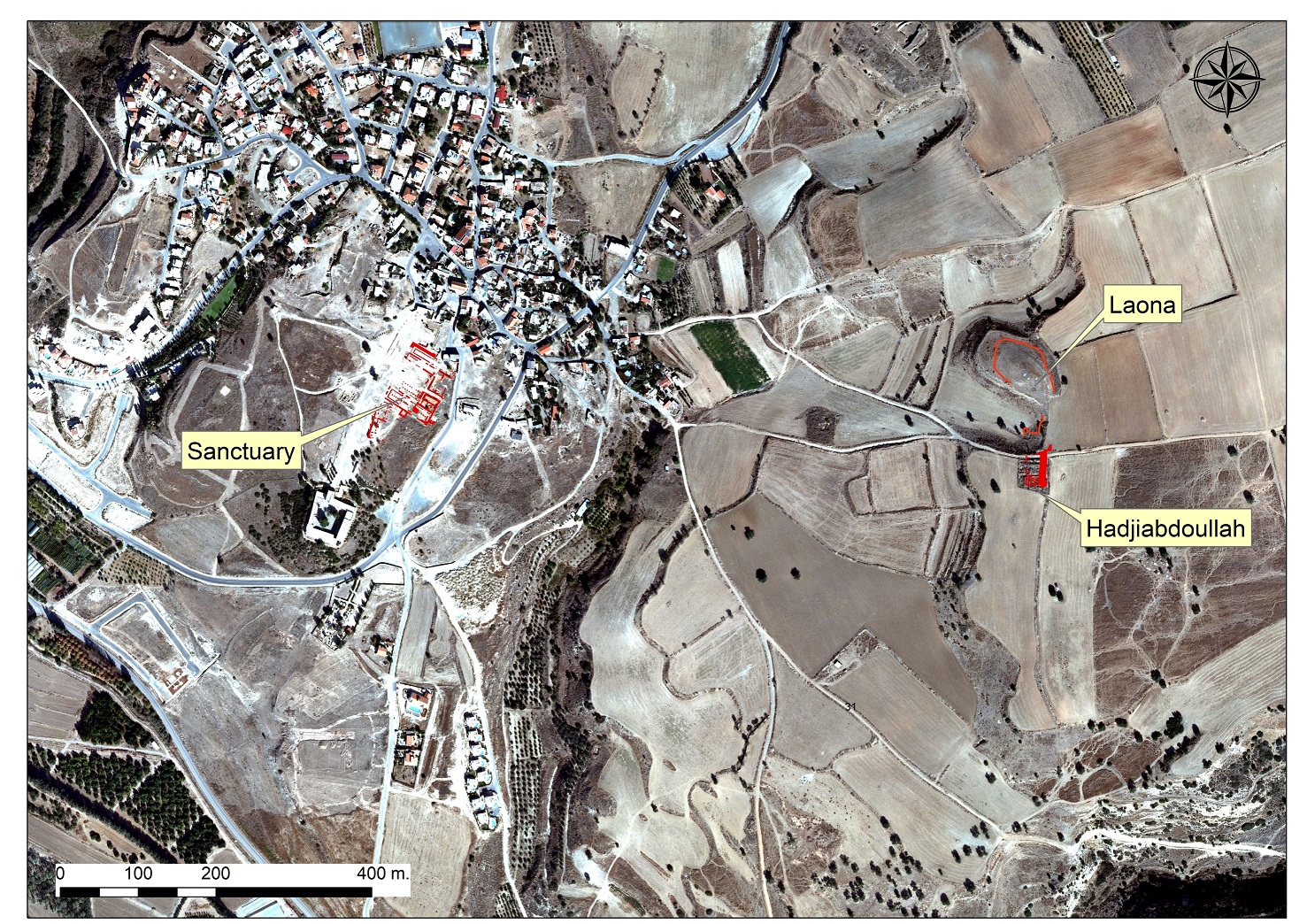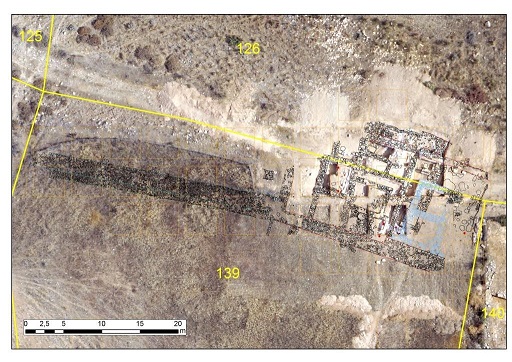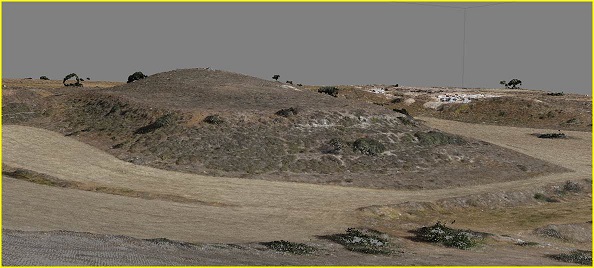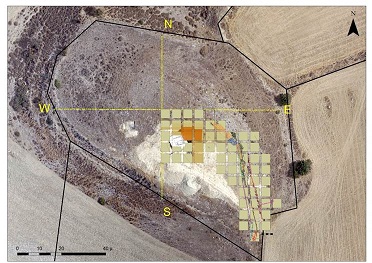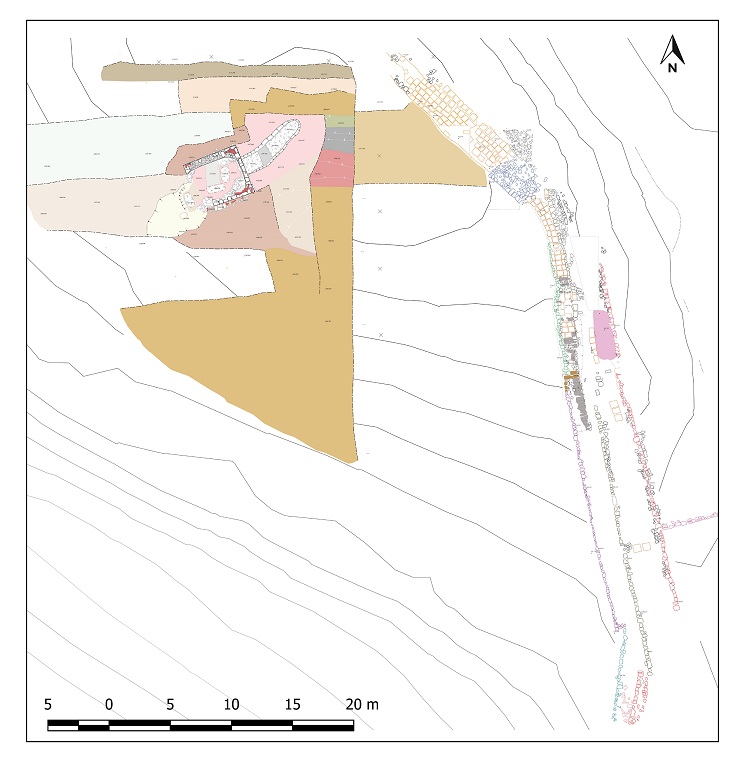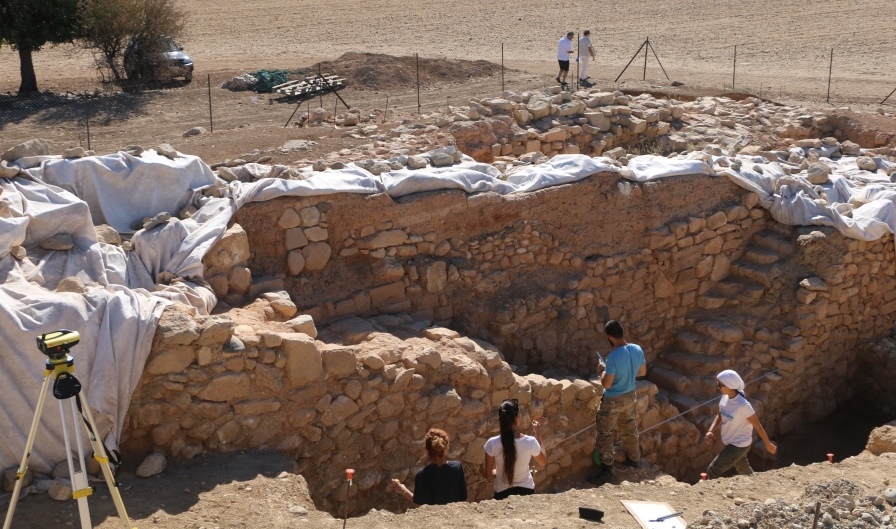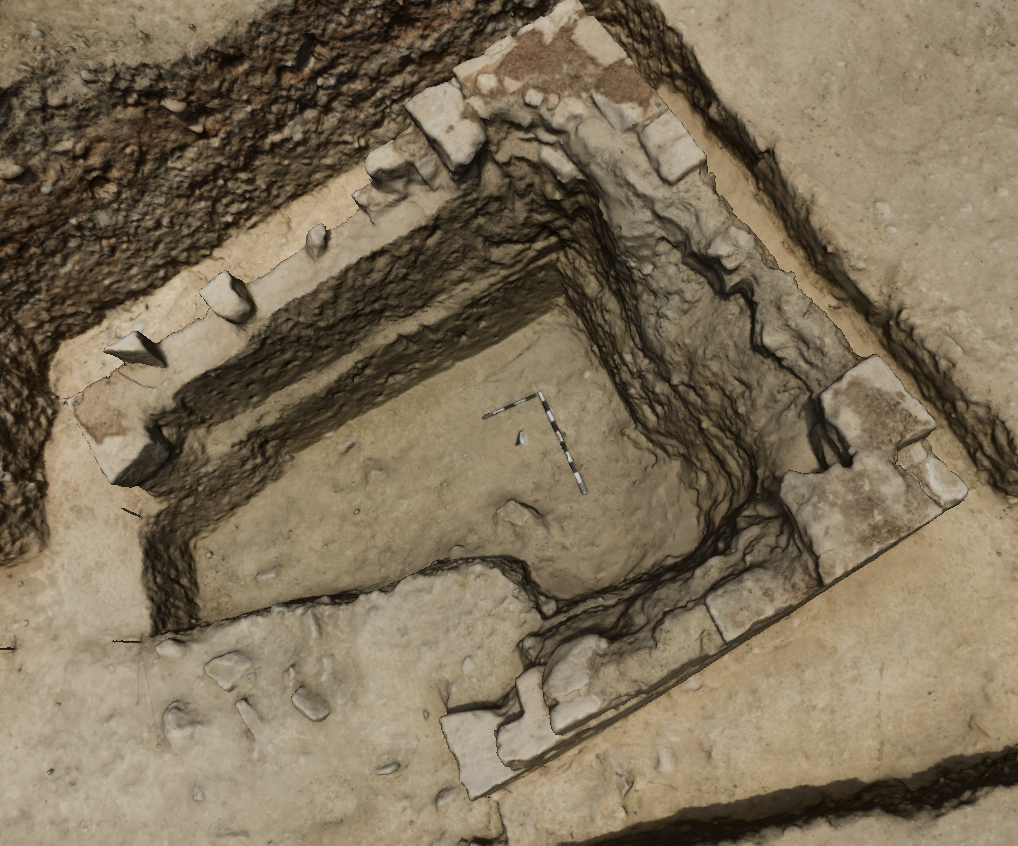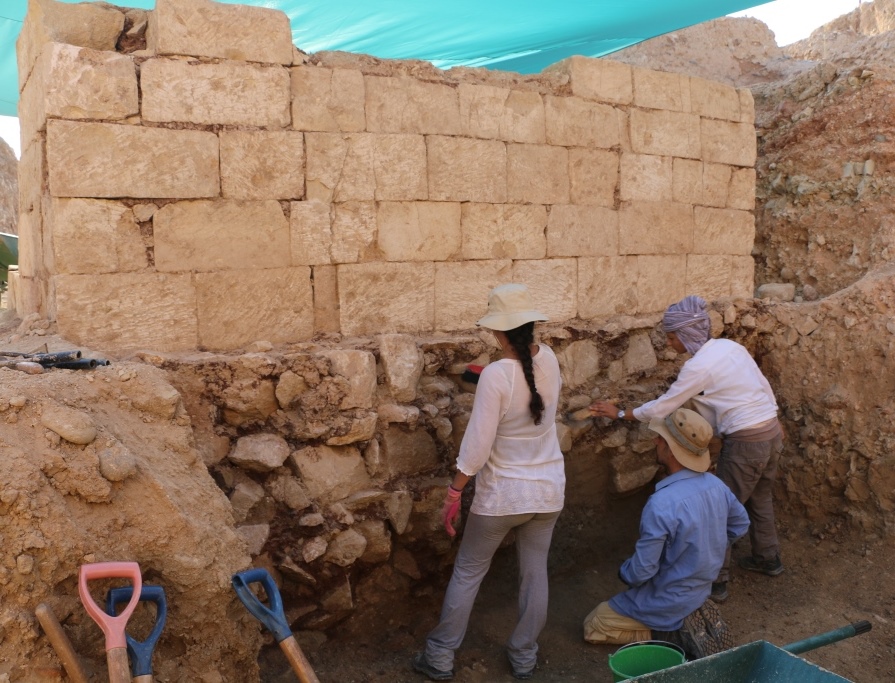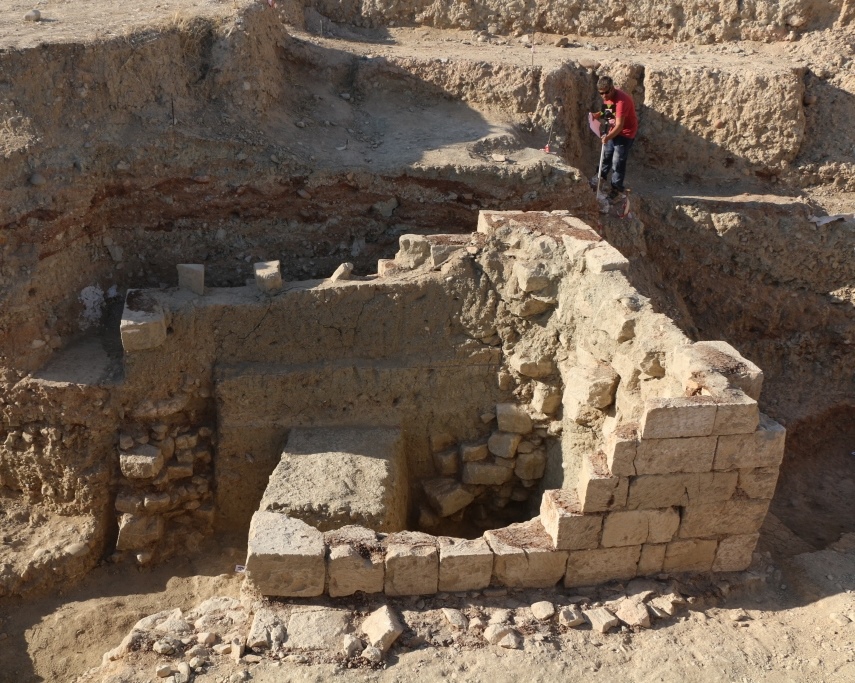|
An A.G. Leventis Funded University of Cyprus Research Project
From the metalliferous sources to the citadel complex of Ancient Paphos: archaeo-environmental analysis of the mining and the built environment (2017-2019) |
|||
|
The Final Report of the project can be downloaded here
|
|||
|
|||
|
Summary of the Research Project Major methodological advances in the archaeology of Cyprus over recent years have rendered it a prominent field of research concerning Mediterranean island cultures. State-of-the-art archaeo-environmental projects have been successfully carried out on Prehistoric and Bronze Age sites enhancing our understanding of the island’s socio- economic structure to the end of the second millennium BC. The same, however, cannot be said of the first millennium BC. Few field projects of this period have focused on the collection and treatment of archaeo-environmental data that can provide evidence on the political economy and the administrative system of the Cypriot ‘kingdoms’. A rare opportunity to explore the resource exploitation strategies and the networking pattern of one of the Iron Age polities is now provided by the unexpected discovery in 2014-2015 of an industrial and storage complex by the Palaepaphos Urban Landscape Project (PULP), which has been carrying out intensive landscape analysis, in combination with short-term targeted excavations, since 2006. Constructed circa the end of the sixth century BC, this monumental complex extends over 65m next to a poorly known edifice, identified since the 1950s as a royal residence. Both are situated on the north side of the citadel of Hadjiabdoullah, the easternmost plateau within the urban landscape of Ancient Paphos. |
|||
|
|||
|
Instead of proceeding at fast pace to expose this impressive complex, whose stone- built units are preserved to a height of 1.50-1.80m, we have (as of 2016) redefined the priorities of the excavation schedule so that they may comply with the requirements of a holistic archaeo-environmental project and the need to document and maintain a fine scale record of the depositional history of each unit. Besides ensuring the proper collection of organic and inorganic materials, especially from below the collapsed roofs that have sealed most of the units, industrial and other residues from production areas and storerooms will also be analysed with particular reference to the metal and timber resources of the Paphos hinterland. PULP’s continuing survey of slag heaps in the long abandoned metalliferous area of Paphos on the southwestern fringe of the Troodos forest has allowed us to argue that copper procurement and, most likely, also shipbuilding (if epigraphical and literary sources are taken into consideration), may have been the main industries of the polis-state of Paphos. This model can now be tested through a collaborative project that will bring together a group of specialists (with access to laboratory facilities), all of whom have pledged their commitment to the project. |
|||
|
The political economy of the city-state of Paphos, one of Cyprus’s ancient polities For the first time since the development of the archaeo-sciences and their (still erratic) application to the archaeology of Cyprus (primarily, in the context of prehistoric and Bronze Age projects), the unexpected discovery of an extensive and extremely well preserved citadel complex, with purpose-built industrial production and storage units, provides a singular opportunity for the study of the economic system of one of the Cypriot polities: the city-state (‘kingdom’) of Paphos during the late Archaic and Classical periods. To this day, we rely on assumptions, largely based on the epigraphical and numismatic record of Paphos, in order to interpret how this polity was able to function as an autonomous territorial state to the end of the fourth century BC. Today, and for the first time, we can begin to construct an economic model based on real data: we have before us substantial, contextually pristine and economically significant material remains, which if properly collected and analysed by experienced archaeo-scientists in laboratories that have the required facilities, will provide trustworthy scientific evidence regarding the unto now unidentified aspects of the political economy of this one Cypriot city-state. Situated on the Hadjiabdoulla plateau, close to one km to the east of the sanctuary of Aphrodite at Koukia-Palaepaphos, the monumental complex, which occupies the north side and slope of the citadel terrace, was erected towards the very end of the sixth century BC. Together with Laona, the site of a man-made tumulus lying less than 80m to the north, the Hadjiabdoulla complex was first identified in the course of the landscape analysis project (PULP) we have been carrying out in the area since 2006. Both sites have undergone sufficient field investigation (Hadjiabdoulla 2009-2016; Laona: 2012-2016) that has determined their original character as well as the duration of their use: the Hadjiabdoulla complex was gradually abandoned before the late Ptolemaic/Hellenistic period (late 2nd c. BC); the Laona tumulus was apparently erected in the 3rd c. BC, partly over a Cypro-Classical rampart. |
|||
|
|
|||
|


